The oldest building in every state
Zoë Miller,Frank Olito

- The oldest buildings in the US have interesting and diverse histories.
- Fort Snelling in Minnesota, Castillo de San Marcos in Florida, and Fort Mackinac in Michigan were all started for military reasons.
- Some of the oldest buildings are log cabins, like the Joel Eddins House in Alabama and the Louis Arriandeaux Log House in Iowa.
The oldest architecture in the US ranges from military forts to Catholic missions to log cabins.
From New Mexico's Acomo Pueblo, which has 250 structures that have been continuously inhabited since the 12th century, to the White Horse Tavern, a bar in Newport, Rhode Island, that opened its doors in 1673, America's buildings are as historic as they are diverse.
Keep scrolling to read about the oldest building in every state.
ALABAMA: Joel Eddins House in Huntsville
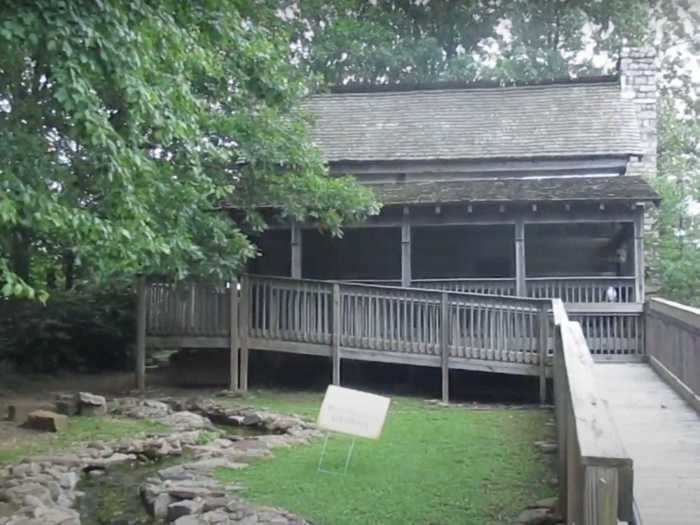
Built in 1808 (11 years before Alabama achieved statehood), the Joel Eddins log home demonstrates what houses typically looked like in the region in the early 19th century.
Although the log home was originally constructed in Ardmore, the building was moved to its current location in Huntsville's Burritt on the Mountain living history site in 2007.
ALASKA: Baranov Museum in Kodiak
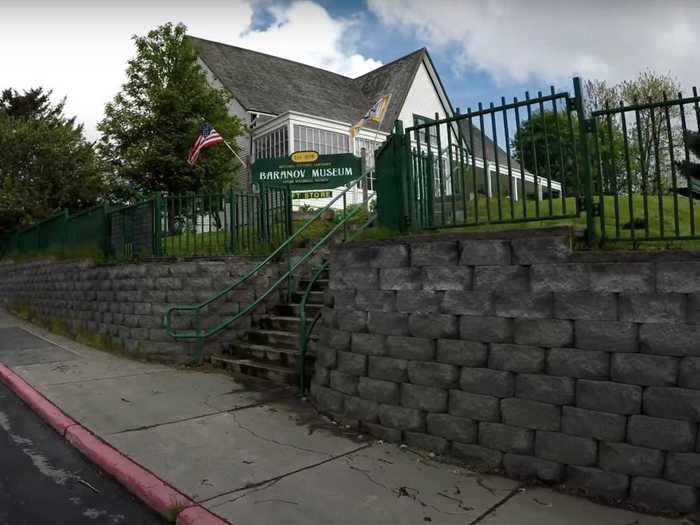
Grigorii Shelikhov established the settlement of Kodiak — the first Russian settlement in Alaska — in 1784.
The Baranov Museum was originally built as a warehouse by the Russian-American Company, a trading monopoly, between 1805 and 1808.
Not only is it the oldest building in Alaska — but it's also supposedly haunted. The warehouse, which housed workers in the 19th century and was later the residence of businessman W. J. Erskine and his family, was the site of a murder in 1886.
ARIZONA: Mission San Xavier del Bac in Tucson
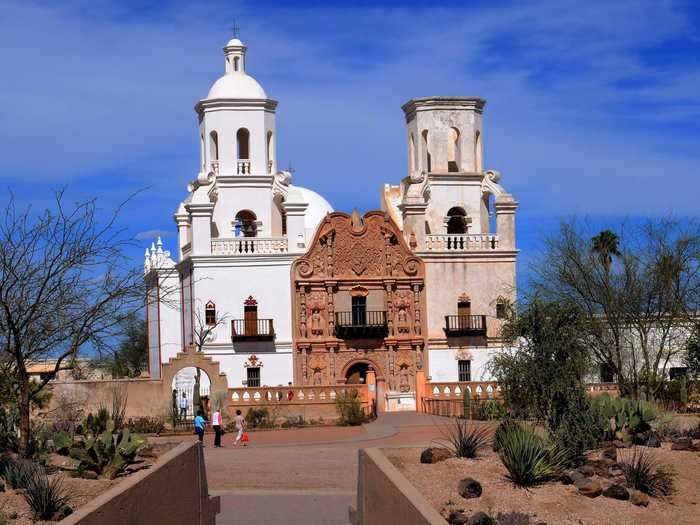
Established by a Jesuit priest in 1692, Mission San Xavier was constructed in the American Indian village of Wa:k (Bac in Spanish) on Tohono O'odham tribal land in what is now Tucson.
Its nickname is the "White Dove of the Desert" thanks to its limewashed exterior, which members of the Tohono O'odham nation added between 1783 and 1797.
ARKANSAS: Hinderliter Grog Shop in Little Rock
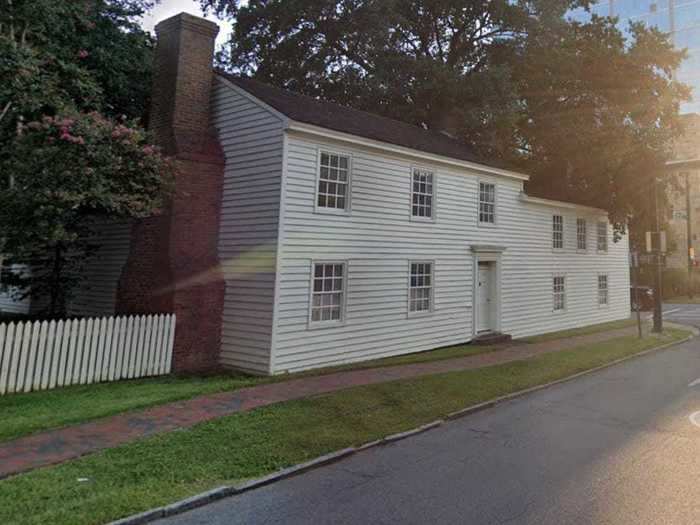
The home and business of Jesse Hinderliter, the grog shop was built between 1826 and 1827. Although originally made from red oak logs and cypress flooring, clapboard siding and a porch were added in later years.
Today, the building is part of the Historic Arkansas Museum.
CALIFORNIA: Mission San Juan Capistrano in San Juan Capistrano
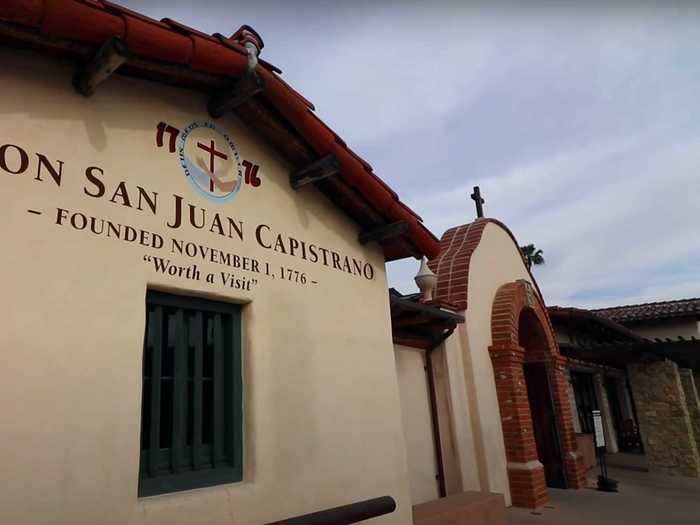
Initially founded in 1776 by Father Lasuén, a Basque Franciscan missionary, Mission San Juan Capistrano has a storied history.
First, it was abandoned for a year due to a religious revolt in San Diego, only to be reconsecrated in 1776. Then, in 1812, the Mission's Great Stone Church collapsed during an earthquake. Not long after that, when Mexico won independence from Spain, the mission system was abolished and the property was sold at auction. Although it was briefly repurposed as a private ranch residence, it was eventually returned to the Catholic Church.
Major renovations didn't take place until the 20th century. In 1910, the Mission served as the location for the first film shot in Orange County, D. W. Griffith's short Western "The Two Brothers." Today, the Mission is known for the flocks of swallows that fly north from Central America each spring to roost in the church.
COLORADO: Four Mile House in Denver
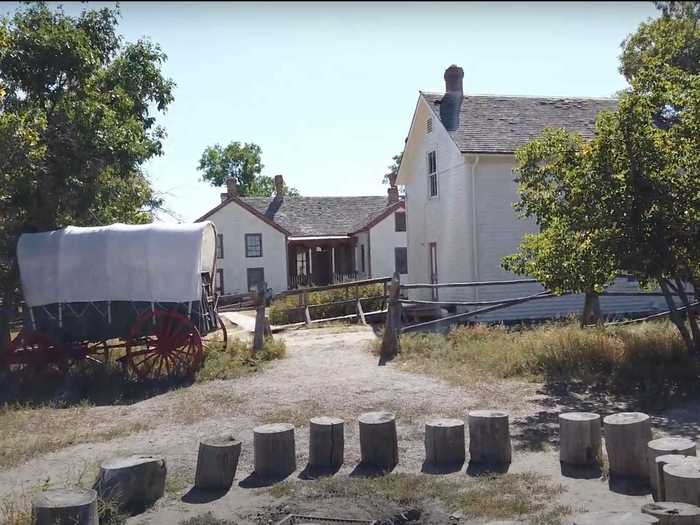
Built in 1859, Four Mile House is named for its location. It was constructed four miles from the intersection of two major Denver thoroughfares, Broadway and Colfax Avenue. In the 1860s, the building served as the final stagecoach stop on the Smoky Hill Trail, a route that ran from Kansas to Colorado along the Missouri River. Once stagecoaches were replaced by railroads, the property was turned into a farm.
CONNECTICUT: Henry Whitfield House in Guilford
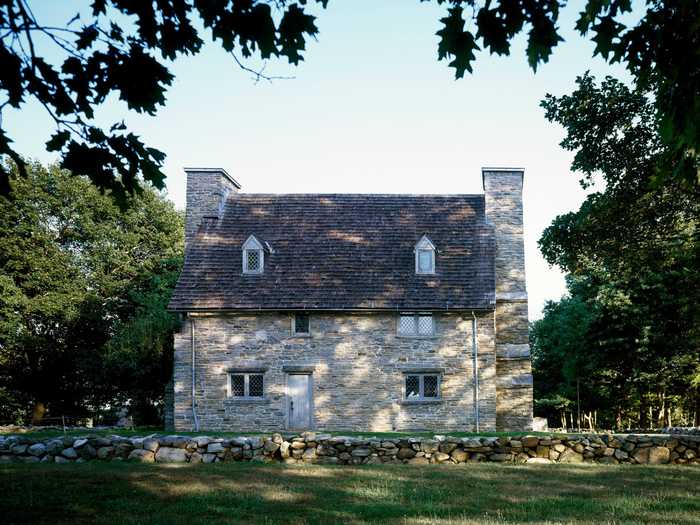
The house was built in 1639 for Reverend Henry Whitfield, the leader of an English Puritan community and the founder of Guilford.
A museum since 1904, it is the oldest stone house in New England.
DELAWARE: Ryves Holt House in Lewes
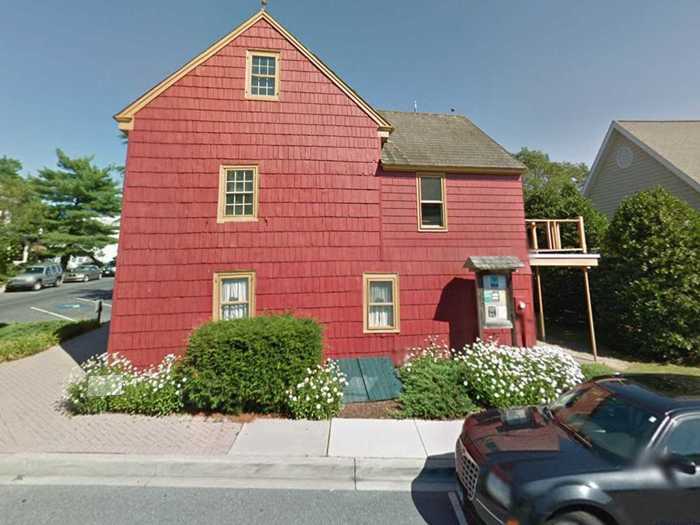
The house was built in 1665 by early Dutch settlers. Its namesake, Ryves Holt, the first chief justice of Delaware, purchased the building in 1723.
FLORIDA: Castillo de San Marcos in St. Augustine

The Castillo de San Marcos, constructed between 1672 and 1695, is the only extant 17th-century military structure in the US. Built from coquina, a semi-rare, porous type of limestone that made it impenetrable, the Castillo is also the country's oldest masonry fortress.
GEORGIA: Horton House on Jekyll Island
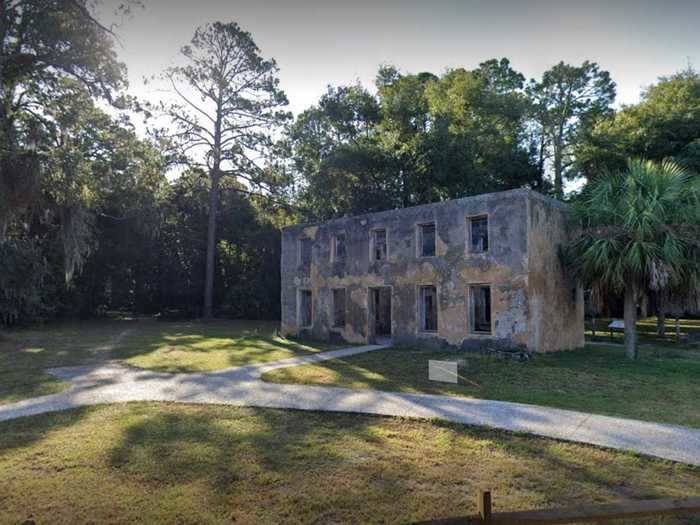
Major William Horton, a military aide to a British general, built this house in 1743. It is constructed from tabby, a type of concrete comprised of lime, water, sand, oyster shells, and ash.
HAWAII: Frame House (Hale La'au) in Honolulu
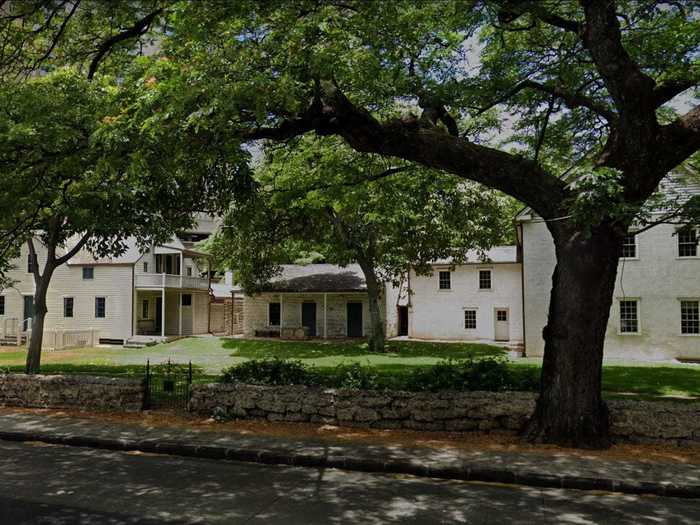
Dating to 1821, the Frame House (Hale La'au) is the oldest of the three Hawaiian Mission Houses, which were built by New England missionaries in the 19th century. The wood-frame structure was shipped all the way from Boston.
IDAHO: The Mission of the Sacred Heart in Cataldo
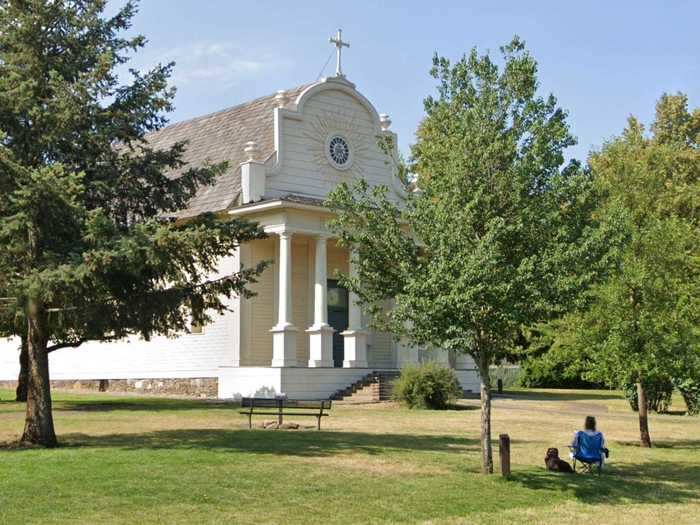
Constructed between 1850 and 1853, the Mission of the Sacred Heart (or Old Mission) was built by Catholic missionaries and members of the Coeur d'Alene Tribe.
An image of the Mission hangs in the famous Brumidi Corridors of the US Capitol.
ILLINOIS: Old Cahokia Courthouse in Cahokia
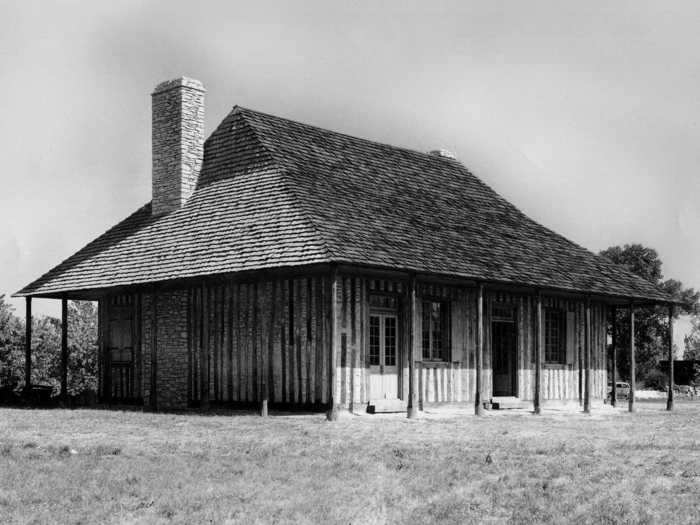
Although it was originally built as a French dwelling in the 1730s, the building was designated a courthouse in 1793.
Most famous for serving as a headquarters for Lewis and Clark from 1803 to 1804, the Cahokia Courthouse was where the explorers planned their westward expedition by organizing supplies, communicating with territorial leaders, and corresponding with President Thomas Jefferson.
INDIANA: Grouseland in Vincennes
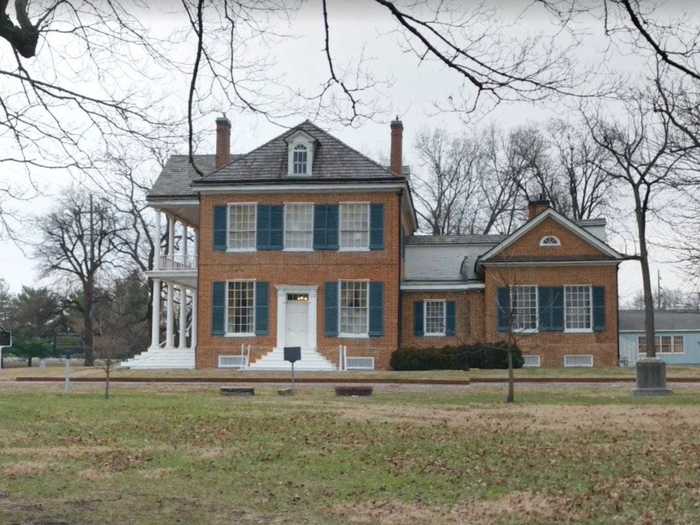
In 1804, during his time as governor of the Indiana Territory, William Henry Harrison — who would later become the ninth US president — built Grouseland, an impressive brick abode. Harrison lived there until the War of 1812 began and was called to lead American forces in the Northwest.
IOWA: Louis Arriandeaux Log House in Dubuque
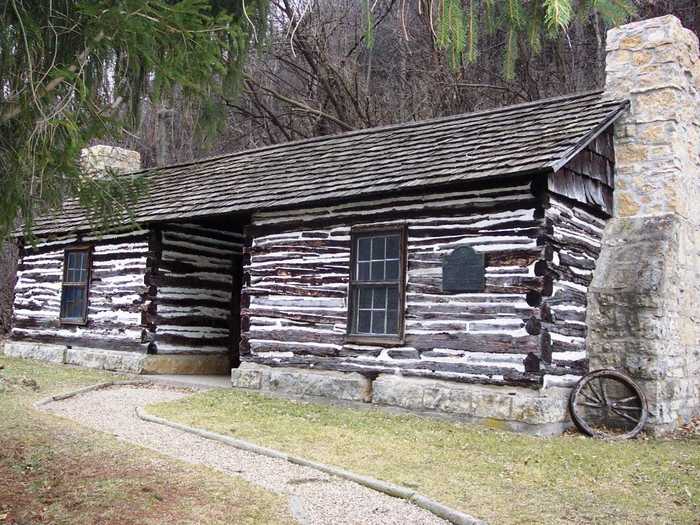
Home to pioneer settler William Newman, the Louis Arriandeaux log house was built in 1833 (or in 1827, depending which source you consult).
Originally constructed at what is now Second and Locust Streets, the house was moved twice — first to Eagle Point Park in 1915, and then to its current location on the grounds of the Mathias Ham House in 1967.
KANSAS: Fort Leavenworth in Leavenworth
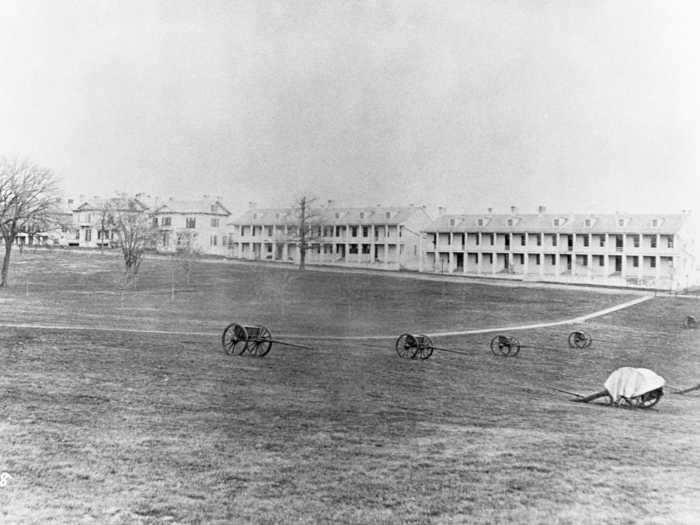
Built in 1827, Fort Leavenworth is the oldest active US Army post west of the Mississippi River. It's famous for its role in expanding the American frontier and for housing the sole maximum security military prison in the country.
Even though it's open to the public, there is still a high level of security.
KENTUCKY: Zachary Taylor House in Louisville

Springfield, the childhood home of US President Zachary Taylor, was built in 1790. Taylor, a career military officer, lived in the two-and-a-half-story brick house for 20 years — the longest he ever stayed in one place.
LOUISIANA: Lafitte's Blacksmith Shop in New Orleans
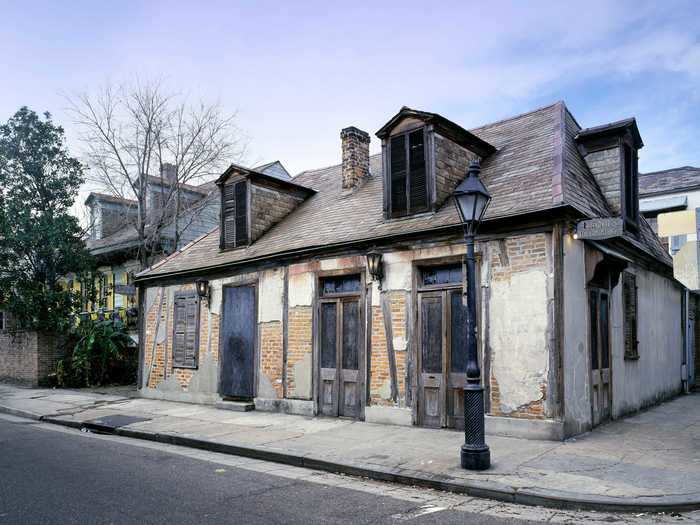
Lafitte's Blacksmith Shop, built in the French Colonial style between 1722 and 1723, is the oldest structure used as a bar in the US. The building's namesakes, privateers Jean and Pierre Lafitte, are said to have used the business as a cover-up for illicit smuggling activities. The shop was turned into a café and bar in the '40s.
MAINE: McIntire Garrison House in York
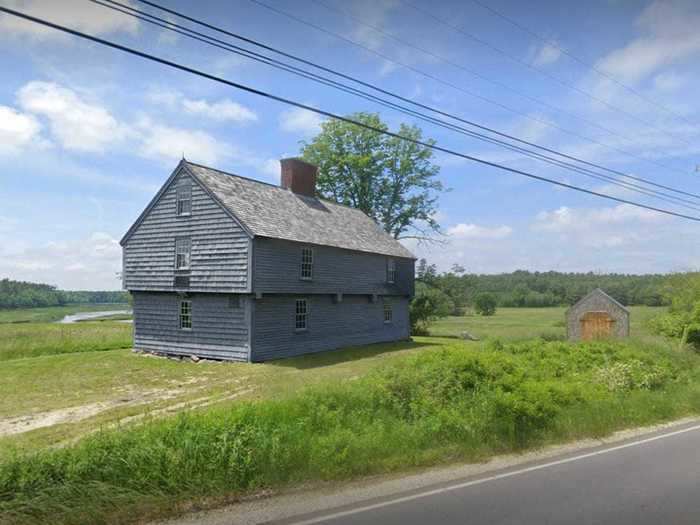
The McIntire Garrison House was built in 1707. It is likely named for the person who constructed it — the son of a Scottish highlander, Micum McIntire, who came to America with English military and political leader Oliver Cromwell.
The garrison's clapboard, single sheathing, and double-hung windows were added during restorations.
MARYLAND: Old Trinity Church in Church Creek
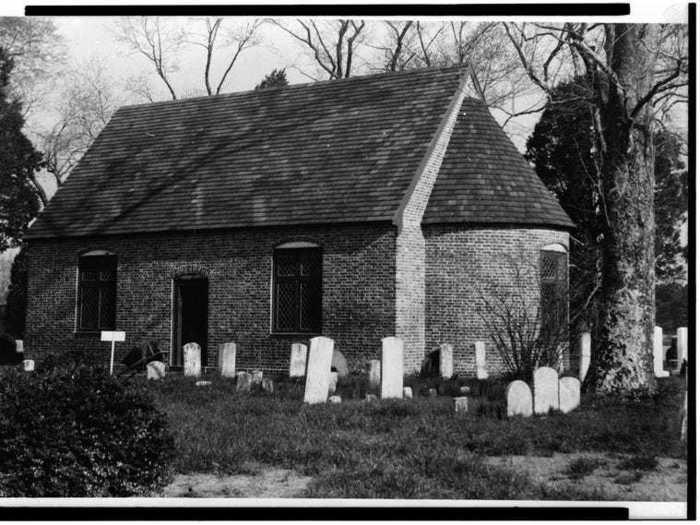
Established in 1692 as an Anglican church, Old Trinity has been a "Protestant Episcopal" congregation since the American Revolution. In fact, the church's cemetery contains the graves of several revolutionary war heroes.
Although Old Trinity was remodeled in the Gothic style in the 19th century, Maryland senator George Radcliffe spearheaded efforts to restore the building with 17th-century period details, such as wooden boxed pews, from 1953 to 1960.
MASSACHUSETTS: Fairbanks House in Dedham
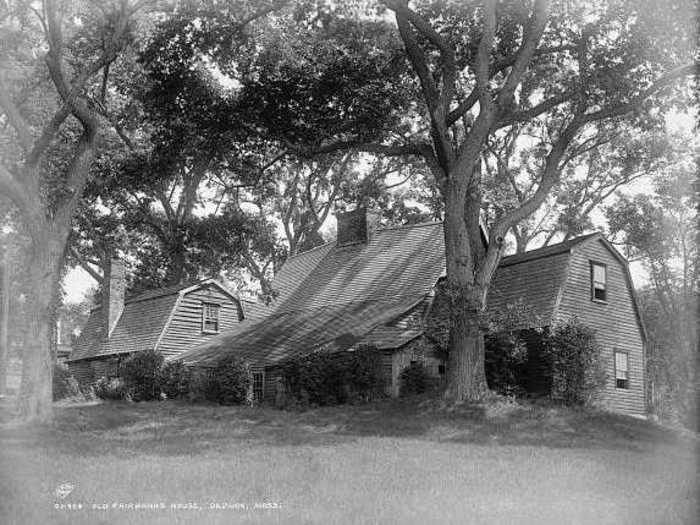
Fairbanks House, North America's oldest, continuously standing wooden structure, was built between 1637 and 1641 for tradesman Jonathan Fairbanks, his wife, and their six children. Over the course of 268 years, eight generations of the Fairbanks family have resided at the property.
MICHIGAN: Fort Mackinac on Mackinac Island
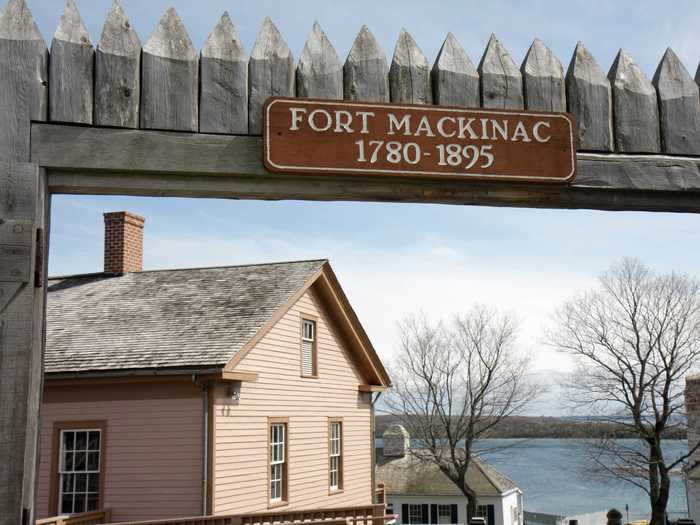
Built in 1780, the Officers Stone Quarters are the oldest part of Fort Mackinac, a British military fort that was turned over to American forces in 1796.
Following the creation of Yellowstone in 1872, Mackinac National Park — established three years later — was the second national park in the country, until the government transferred the land to the state of Michigan in 1895.
MINNESOTA: Fort Snelling in Saint Paul
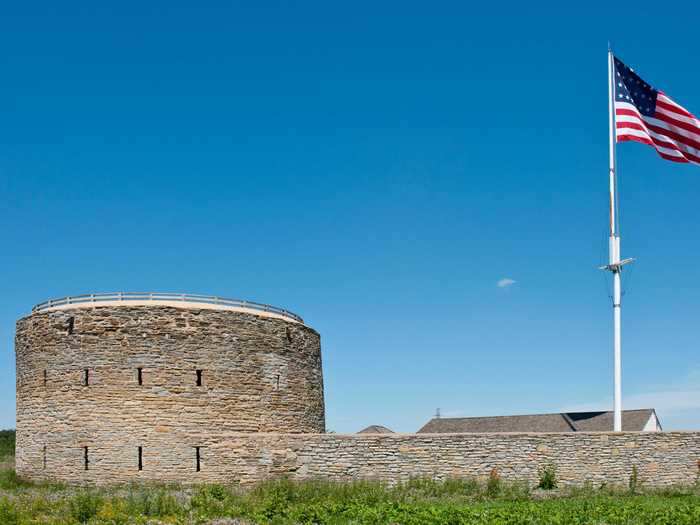
Although Fort Snelling wasn't completed until 1825, the building's Round Tower was built in 1820. The Fort was designed to prevent British fur traders from expanding into the Northwestern United States. It was in service until 1858 when Minnesota became an official state and the US government had built outposts further west.
MISSISSIPPI: LaPointe-Krebs House in Pascagoula
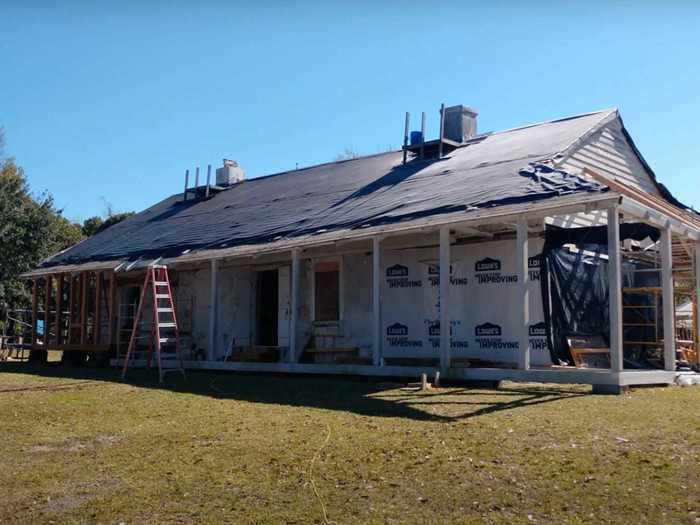
Pre-dating the American Revolution by more than two decades, the LaPointe-Krebs House (also known as the Old Spanish Fort) was built in 1757. It's the oldest structure in the entire Mississippi Valley.
MISSOURI: Louis Bolduc House in Sainte Genevieve
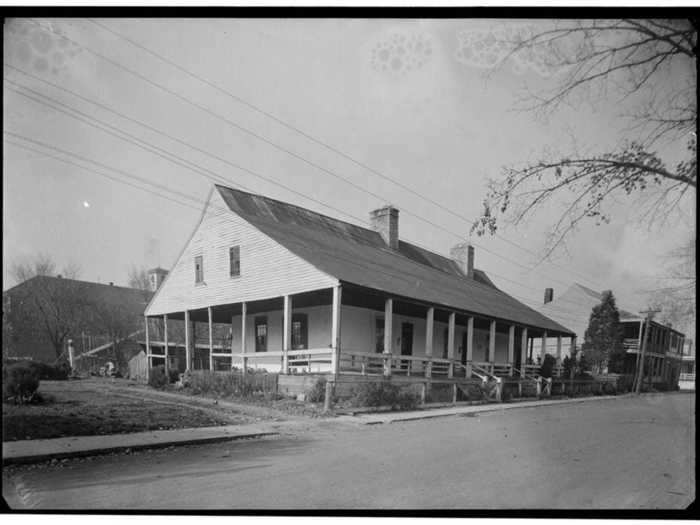
You'll find Missouri's oldest building in the state's oldest permanent European settlement, Sainte Genevieve, which is named for the patron saint of Paris.
Built around 1792, the Louis Bolduc House was the residence of the eponymous Canadian-born lead miner, planter, and merchant. He was also a descendant of Louis XIV's apothecary.
MONTANA: Fort Connah Site in Lake County
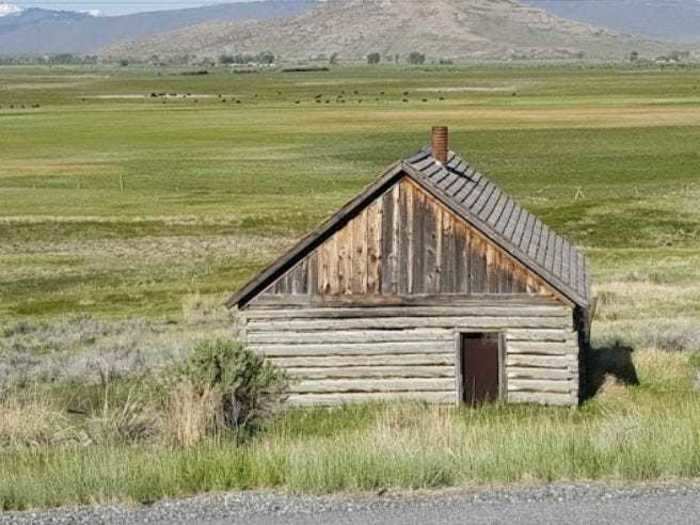
Situated in Western Montana's Mission Valley — where it was established around 1847 by Scottish-born fur trapper Angus McDonald — Fort Connah is the last remaining post of the British Hudson's Bay Company in America.
Fort Connah played a vital role in the fur trade, linking forts on either side of the Rockies. Other goods, such as buffalo meat and rawhide, were also traded.
NEBRASKA: Log Cabin in Bellevue
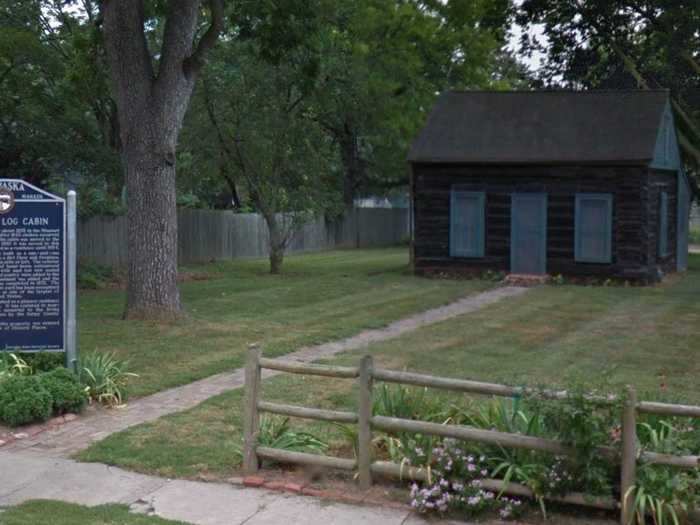
The Bellevue log cabin was constructed between 1830 and 1835. Legend has it that the cabin was originally built as part of John Jacob Astor's American Fur Company post near the Missouri River.
Due to a cholera outbreak in 1835, the cabin was moved away from the river. It was relocated once more in 1850 to its current location near the Olde Presbyterian Church.
NEVADA: Old Mormon Fort in Las Vegas
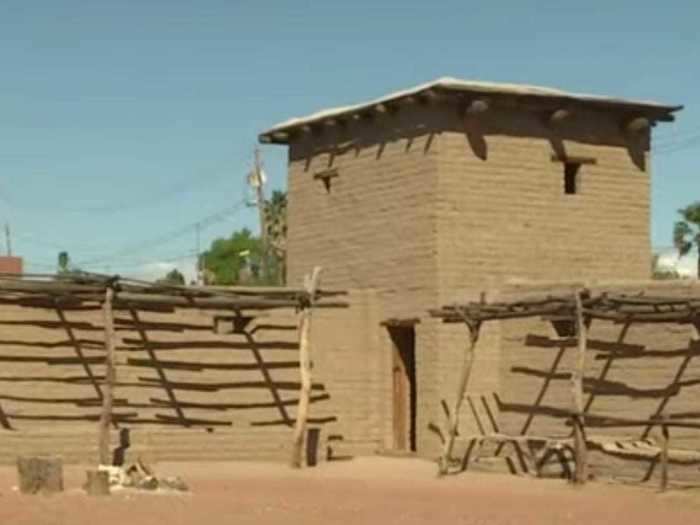
In 1855, sent from Utah to establish a new settlement in what is now Las Vegas, 32 Mormon missionaries helped construct a 150-foot square adobe fort, which became the first permanent structure in the valley.
The land was eventually sold to the San Pedro, Los Angeles, and Salt Lake Railroad to be developed as the Las Vegas Townsite, the precursor to the Sin City we know today.
NEW HAMPSHIRE: Richard Jackson House in Portsmouth
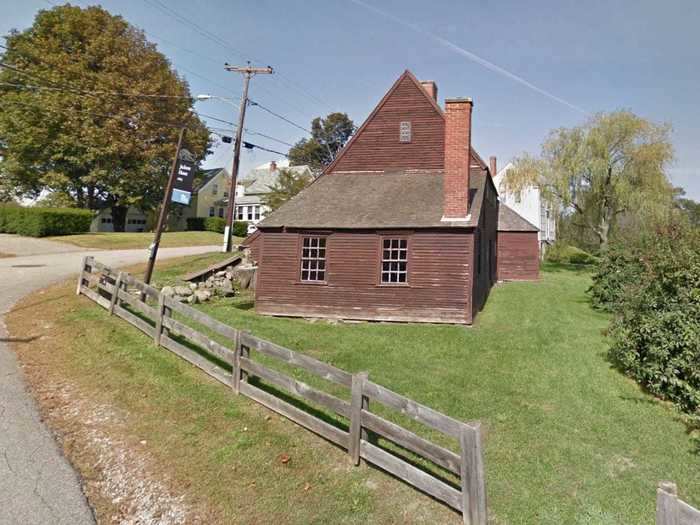
New Hampshire's oldest surviving wood-frame house dates to 1664. Richard Jackson, a woodworker, farmer, and mariner, built the center portion of the structure on his family's 25-acre plot of land. Future generations made additions to the house, such as a lean-to added circa 1715.
NEW JERSEY: C. A. Nothnagle Log House in Gibbstown
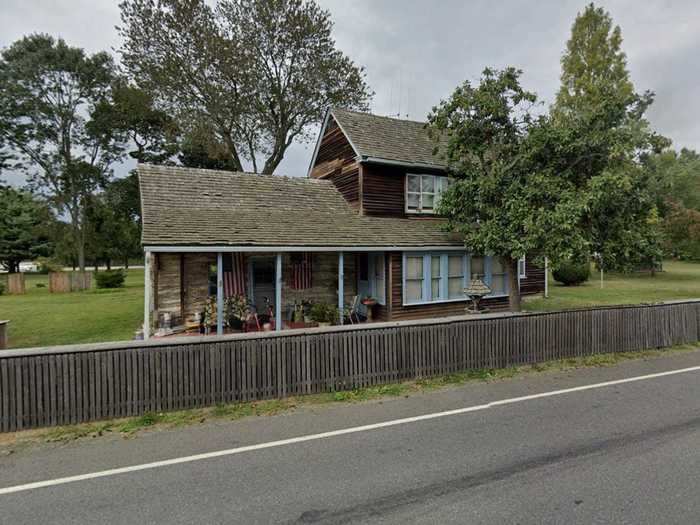
You'll find New Jersey's oldest building — which is also one of the oldest log cabins in the country — in Gibbstown. Located on Swedesboro-Paulsboro Road, the Nothnagle Log House was constructed between 1638 and 1643 by Finnish settlers.
NEW MEXICO: Acoma Pueblo
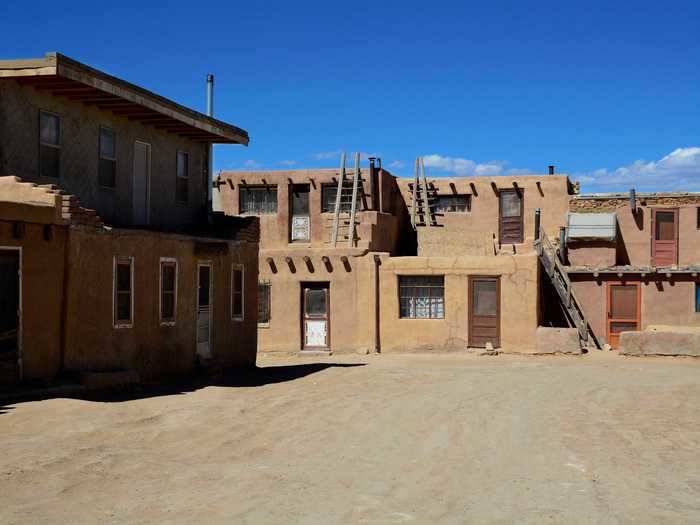
Dating back to 1150 and perched on top of a 367-foot sandstone bluff (it is known as the "City in the Sky"), Acoma Pueblo is considered to be the oldest continuously inhabited community in North America. This 4,800-member, federally recognized Native American tribe lives in 250 buildings spread out over more than 430,000 acres.
NEW YORK: Wyckoff Farmhouse Museum in Brooklyn
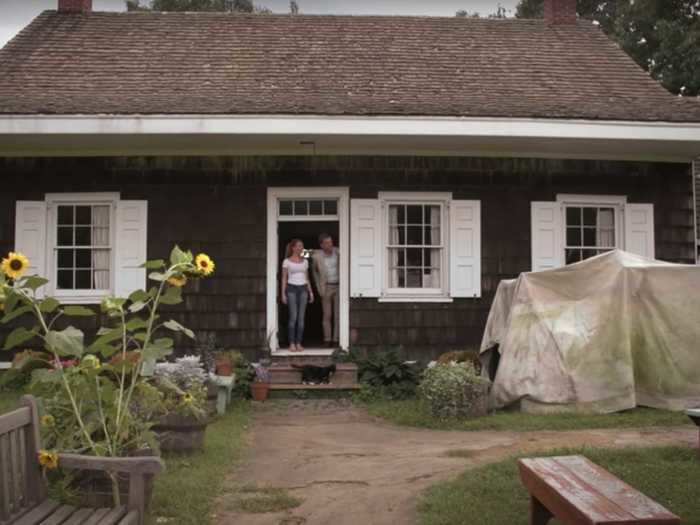
The original portion of the Wyckoff Farmhouse Museum — the oldest building in New York City — was constructed in 1652 by Pieter Claesen, an immigrant to what was then the Dutch colony of New Netherland.
Claesen adopted the last name "Wyckoff" (meaning "settlement on a bay" in his native language, Frisian) when the English took control of the colony and residents could no longer use a patronymic in place of a proper surname. There are so few Wyckoffs in North America that most people with the surname in the US and Canada can trace their lineage to one of Pieter's 11 children.
NORTH CAROLINA: Lane House in Edenton
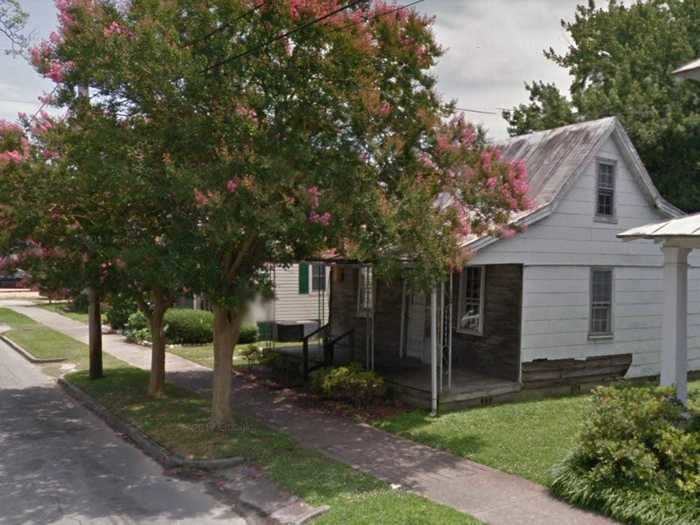
While completing renovations in 2013, the owners of the house — Steve and Linda Lane — were in for a surprise when they learned that the building actually contained timber dating back to 1719. The historic foundation was concealed by cheap wall paneling.
Working with carpenters and historians, the Lanes also uncovered and identified features like antique chair rails and hand-blown glass window panes from the 19th century.
NORTH DAKOTA: Kittson Trading Post in Walhalla
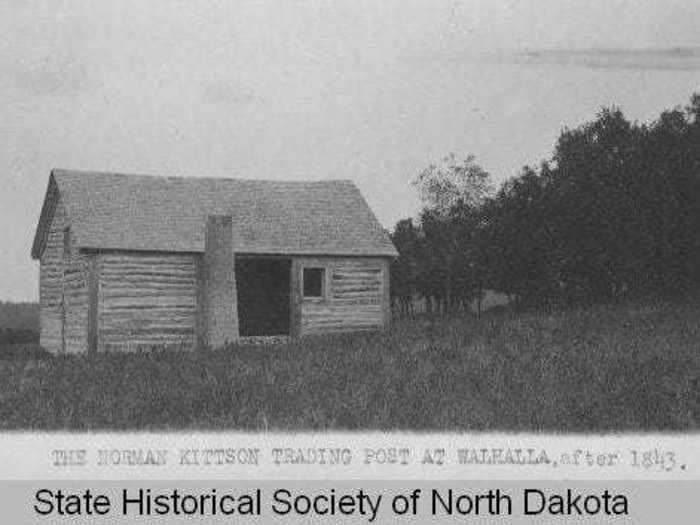
Norman W. Kittson, a trader with the American Fur Company, built this trading post (and two others) in 1843.
Later, the posts were reportedly used as stables at a hotel in downtown Walhalla. The surviving post was moved to its current location in 1904.
OHIO: Old Stone Fort in West Lafayette
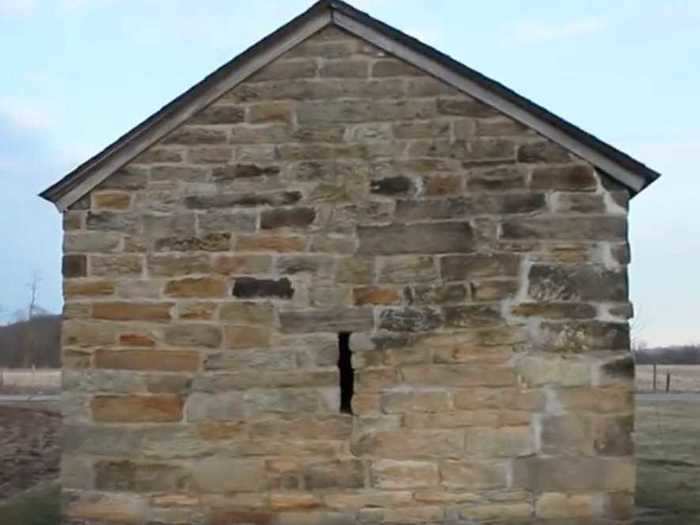
According to historians, the Old Stone Fort — which was constructed between 1679 and 1689 — is the oldest existing building west of the Appalachians.
No one knows exactly who created it, though some claim that the mysterious fort was built by French-Canadian explorer Pierre Le Moyne d'Iberville. Others speculate it was built by a British fur trader or by a farmer who owned the property where it stands.
OKLAHOMA: Cherokee National Supreme Court Museum in Tahlequah
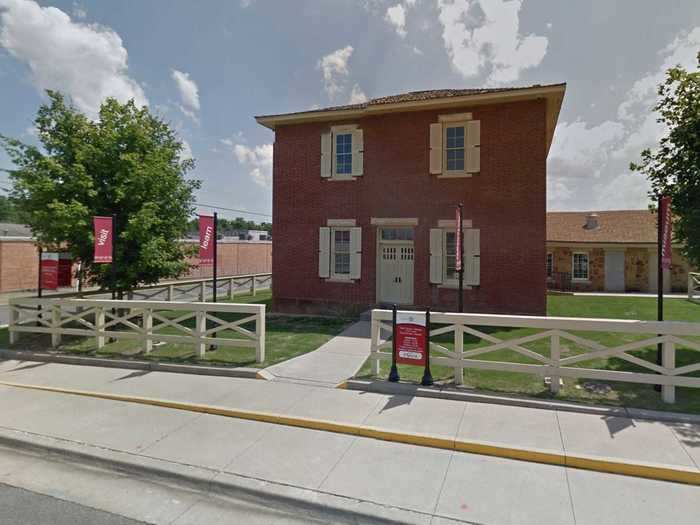
Built in 1844 by James S. Pierce, the Cherokee National Supreme Court Museum is the oldest surviving government building in Oklahoma.
OREGON: Delaney House in Salem
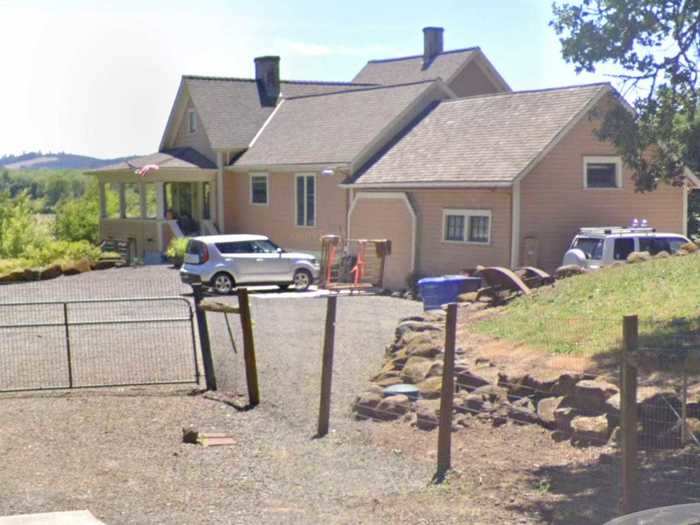
The Delaney House — the original portion of which dates back to 1845 — has a scintillating history. Twenty years after it was completed, the house was the site of a murder. Its namesake, wealthy Tennessee plantation owner Daniel Delaney, was shot outside. The perpetrators, hoping to find gold or money, were hung in Salem's first-ever execution.
Today, those interested in Oregon history or true crime can stay overnight at the property — it's listed on Airbnb for a mere $68 per night.
PENNSYLVANIA: Lower Swedish Cabin in Drexel Hill
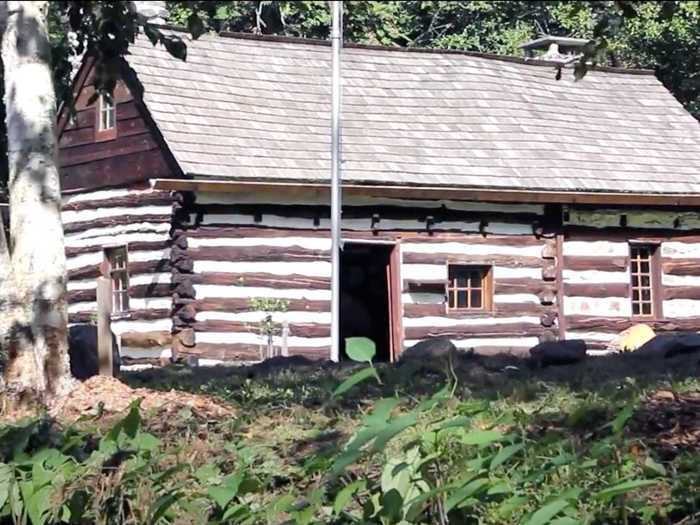
Just outside Philadelphia, you'll find the Lower Swedish Cabin. It was built around 1640 by Swedish immigrants who used the cabin as a trading post.
In the 20th century, the filmmaker Siegmund Lubin filmed on location at the cabin. The building has also served as a Girl Scouts meeting space.
RHODE ISLAND: The White Horse Tavern in Newport
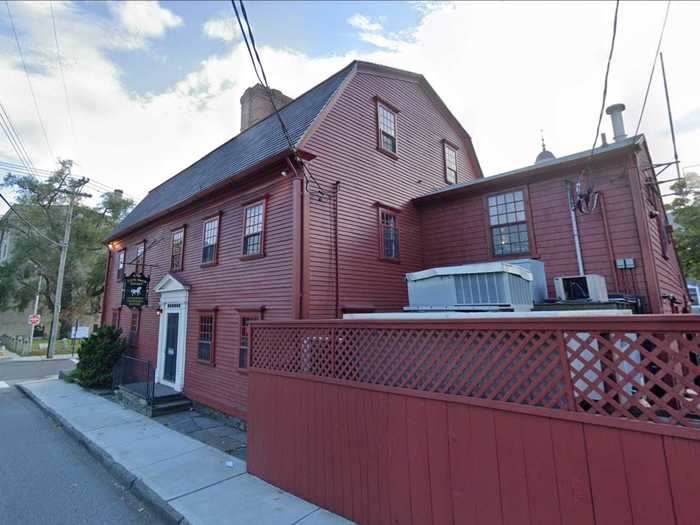
The White Horse Tavern, established in 1673, has been credited as the oldest bar in America. To retain its historical cred, the tavern is still illuminated by candles and oil lamps.
Across the street, you'll find the Great Friends Meeting House, Rhode Island's oldest surviving house of worship.
SOUTH CAROLINA: Middleburg Plantation in Berkeley County
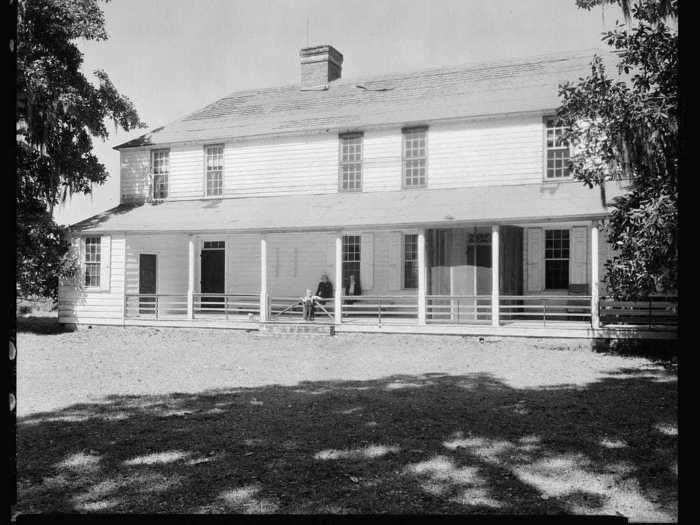
Middleburg, a transitional, two-story frame house, dates back to 1699. It was built by a French Huguenot planter named Benjamin Simons. His descendants have owned the property ever since.
SOUTH DAKOTA: Fort Sisseton in Lake City
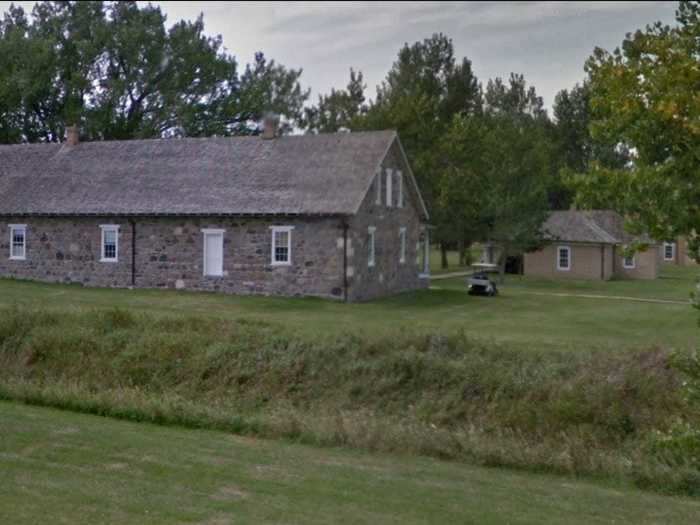
Built in 1864, Fort Sisseton is named for the nearby Sisseton Indian tribe. Its elevated location on top of the Coteau des Prairies made it ideal as a defensive post.
TENNESSEE: Buckingham House in Sevierville
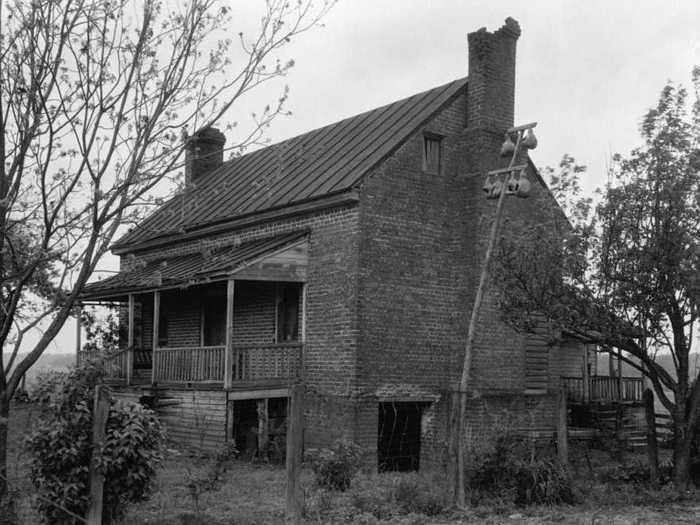
Built in 1794 by county sheriff Thomas Buckingham, this house is a popular tourist attraction in Sevierville, a city nestled in the foothills of the Great Smoky Mountains.
TEXAS: Mission Concepción in San Antonio
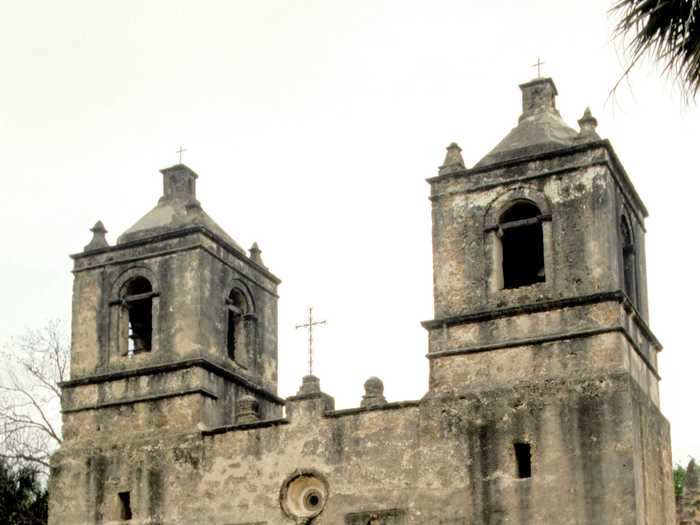
Mission Concepción — America's oldest, unrestored stone church — was originally founded in 1716 and dedicated in 1755. Its original features, including frescoes and Spanish Colonial architectural details, have survived through the centuries.
UTAH: Isaac Chase Mill in Salt Lake City
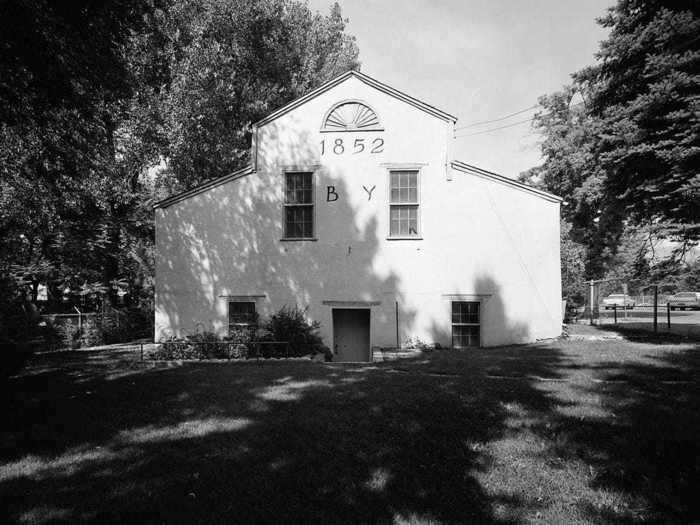
The mill, Utah's oldest commercial building, was constructed between 1847 and 1852. Its namesake, Isaac Chase, farmed the land that the mill stands on.
It was later owned by Mormon leader Brigham Young, who married Chase's step-daughter.
VERMONT: Mooar-Wright House in Pownal
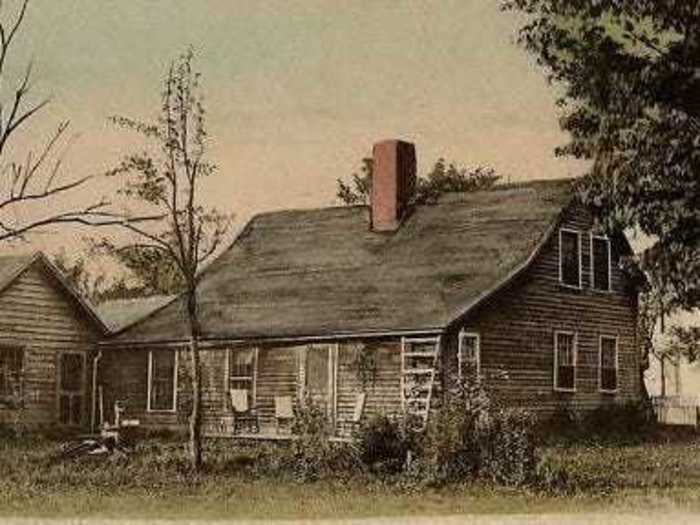
The Mooar-Wright House is a mysterious structure, as no one can agree on who built it. But it seems the house dates back to the 1760s. Some believe Charles Wright built the house as a tavern, others think the Dutch constructed it, and the third theory says John Defoe, a loyalist who was jailed, built it.
VIRGINIA: Jamestown Church in Jamestown
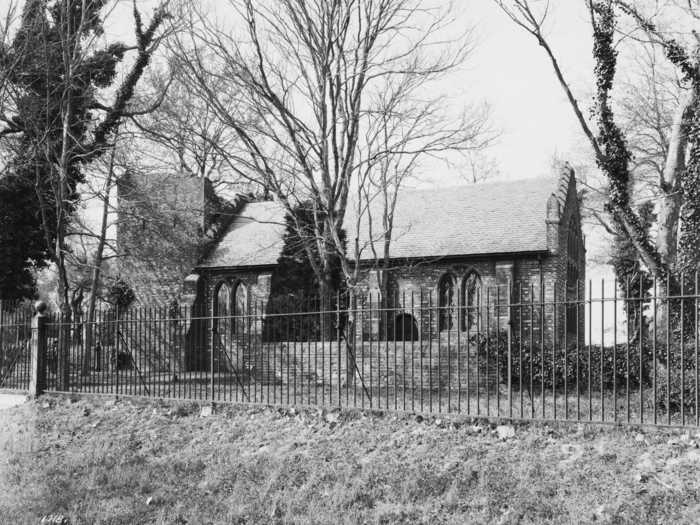
The church you can see today at the Historic Jamestowne park is actually the building's sixth iteration. Its tower is the only remaining component from the 17th century.
After the first structure burned down in 1608, subsequent churches were built (or added to) over the centuries until a memorial church was erected in 1906. The site has had a wild history, bearing witness to everything from the marriage of Pocahontas and John Rolfe to the violence of Bacon's Rebellion.
WASHINGTON: Fort Nisqually in Tacoma
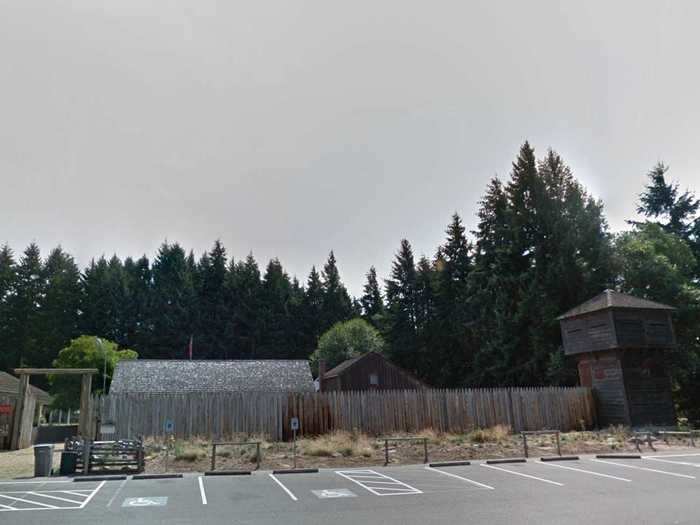
Fort Nisqually, the oldest European settlement on the Puget Sound, was established in 1833 by the British Hudson's Bay Company. The Fort was operated by a diverse group of settlers including French-Canadians, Native Americans, and Kanakas (Hawaiians).
Two of Fort Nisqually's original buildings remain, and you can find them in Tacoma inside Point Defiance Park.
WEST VIRGINIA: Aspen Hall in Martinsburg
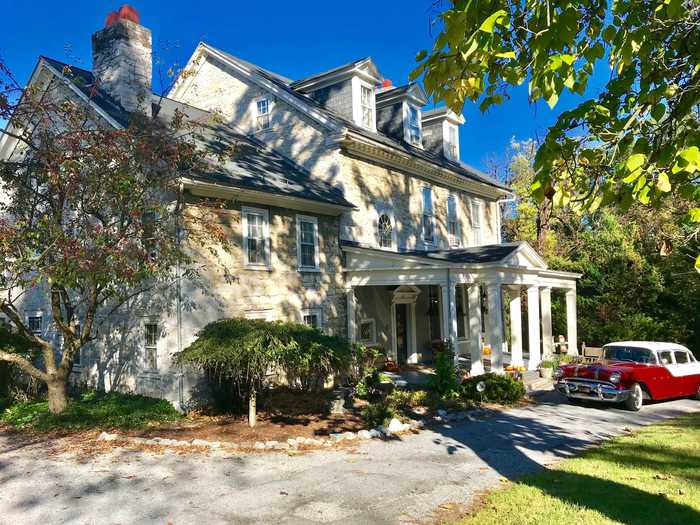
Aspen Hall, a Georgian-style stone house, was built around 1750. During the French and Indian War, George Washington garrisoned troops there. The building was also used as a hospital during the Civil War. Later, the historic mansion was turned into a bed and breakfast.
WISCONSIN: Wakely House in Nekoosa
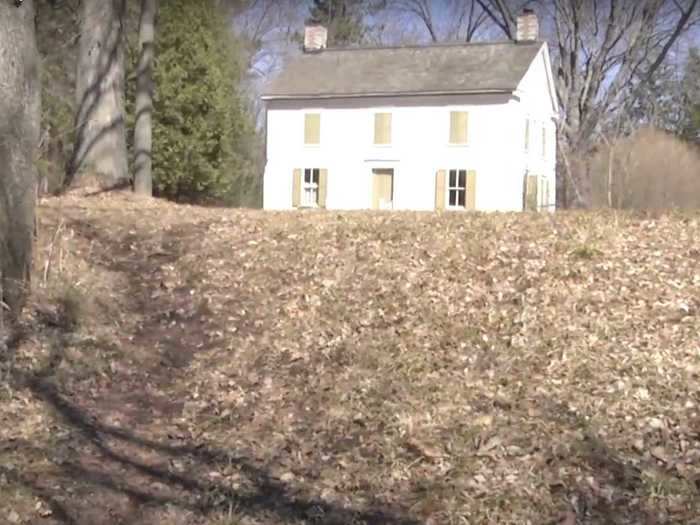
Wakely house was built in 1842, by Robert and Mary Wakely, pioneers who sailed westward from New York aboard a raft loaded with lumber. They chose Point Basse (French for "low point") as the location of their home. The site, near the Wisconsin River, offered water access but was downstream of the river's rapids and waterfalls.
WYOMING: Fort Laramie in Goshen
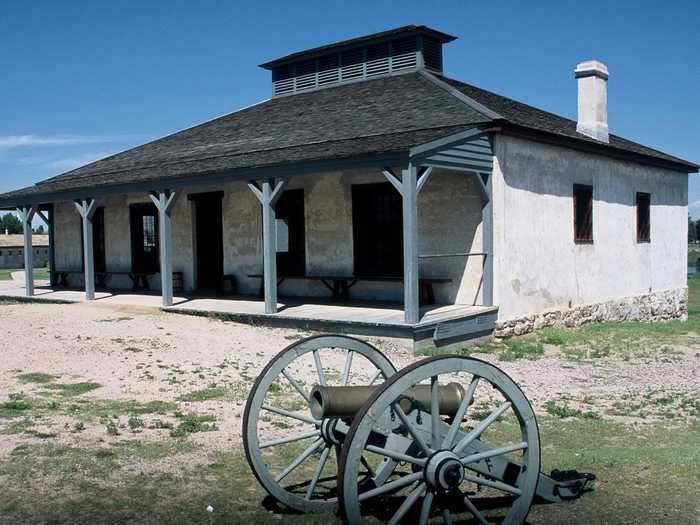
Fort Laramie was established in 1834 as a private fur trading fort by Robert Campbell and William Sublette. When the fur trade began to decline, it was repurposed as a military post — the most influential one on the Northern Plains.
READ MORE ARTICLES ON
Popular Right Now
Popular Keywords
Advertisement